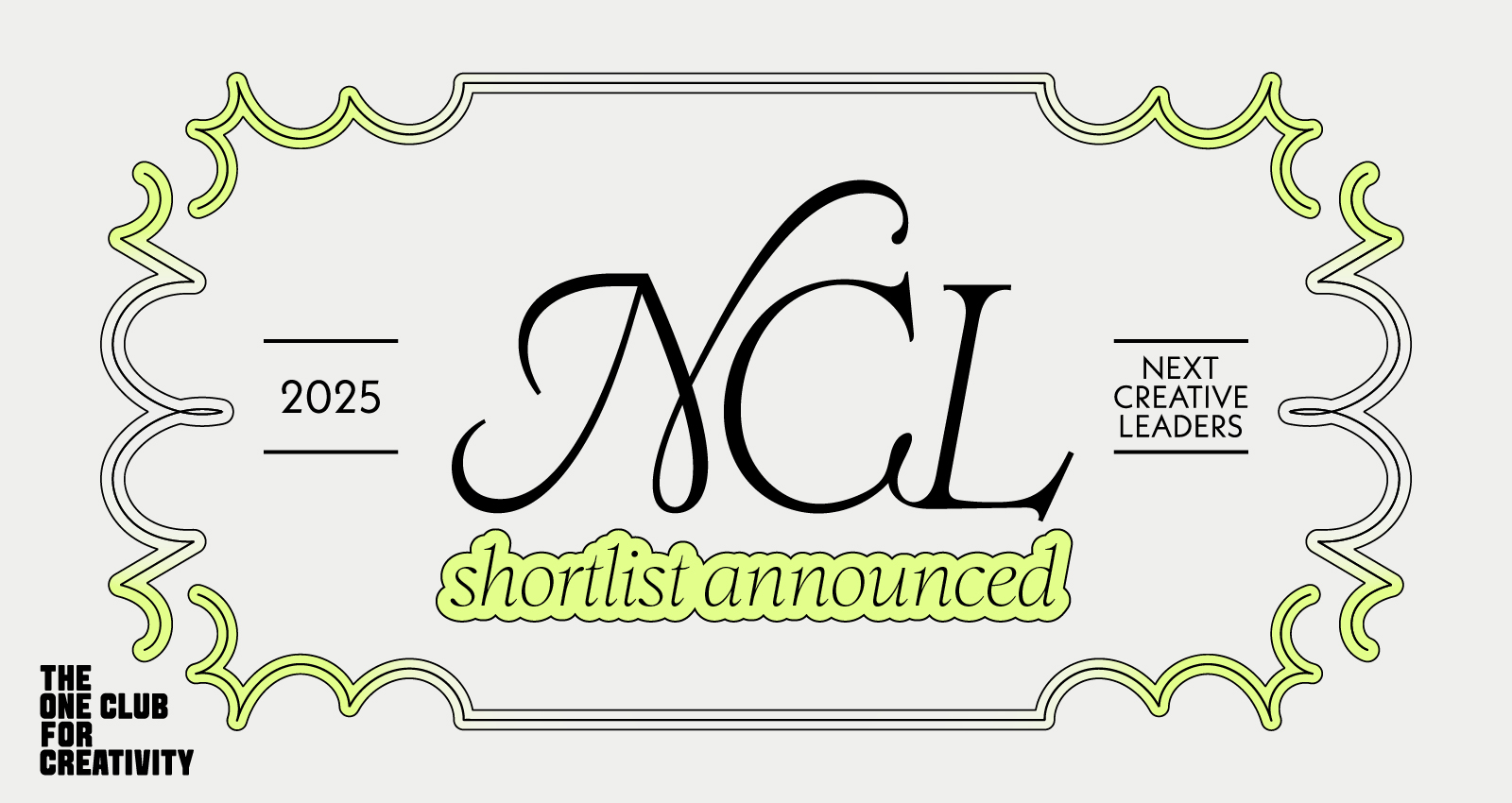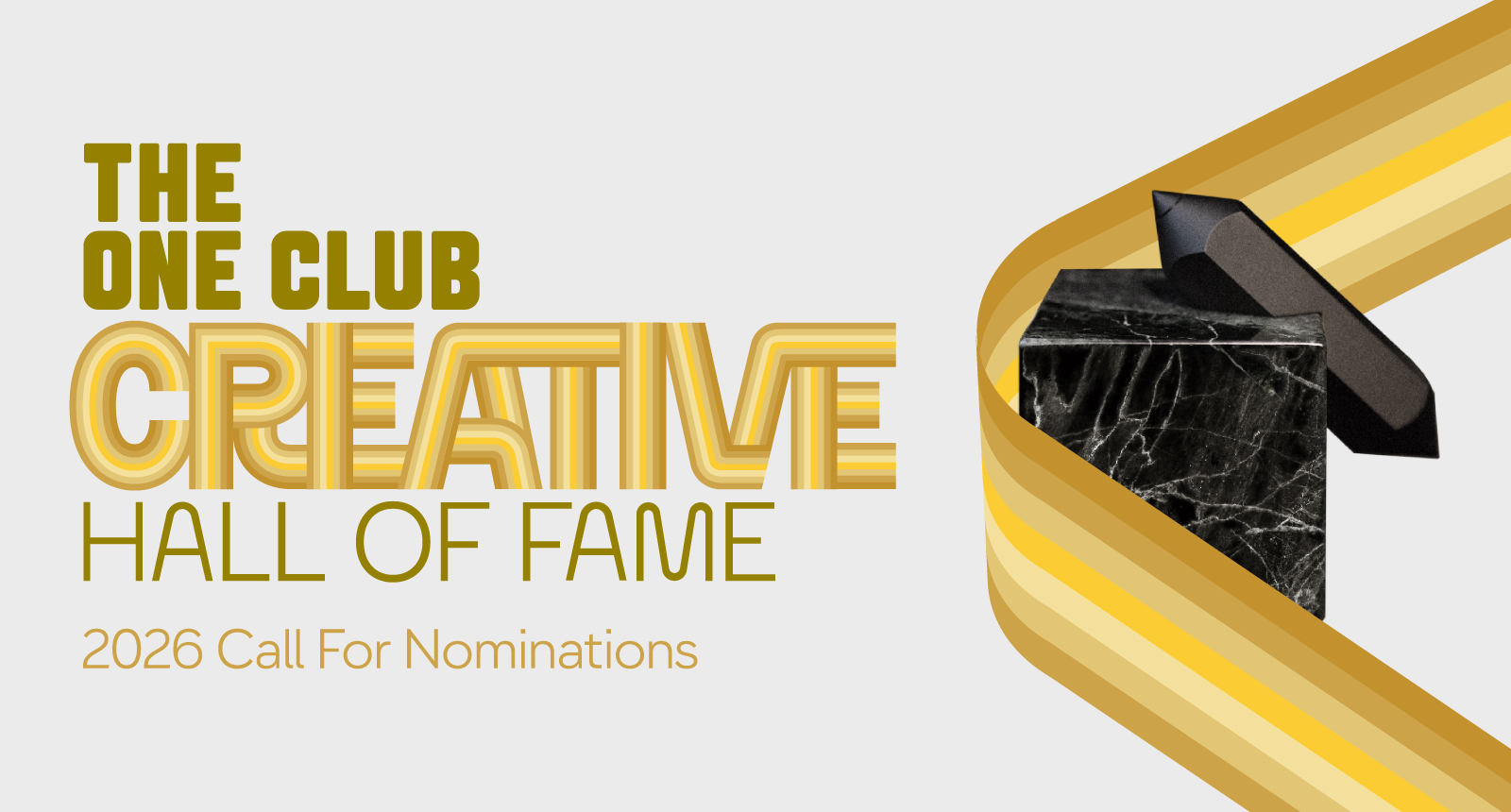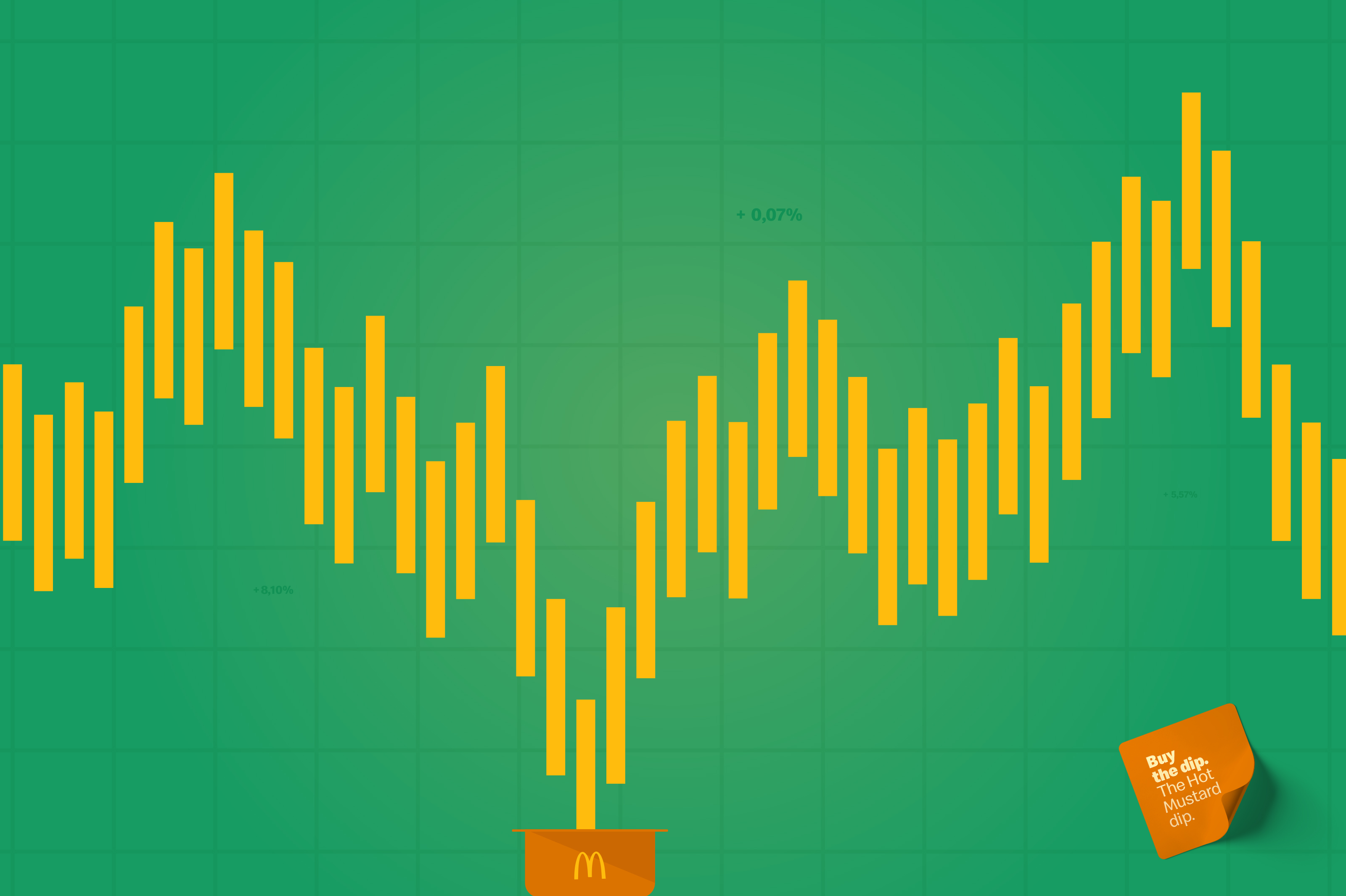News - Advertising
Peter Ampe: ‘We don’t present ideas, we promise success’
by Gijs de Swarte / Nils Adriaans
September 9, 2020
.jpg) Advertisement
Advertisement1) What was your biggest fear when you just started?
Peter Ampe: ‘My biggest fear was that I would not have time anymore to write poetry and prose. This fear was justified, because advertising is something that absorbs all your time and all your free time. It doesn’t leave room for even one single verse line. In the beginning I tried to slip in triple alliteration into my headlines, but it never sounded like anything close to poetry. But still, there are points where I have managed to blend my love for literature in an organic way with client’s briefings.’
2) Please describe your key-career break moment…
‘It was not winning my first major award, it’s finding that first idea that makes you go “Yes, I found it, I can stop thinking now.” This feeling A-ha-erlebnis that goes with finding or detecting good ideas remains addictive, it’s a sheer moment of bliss. I can still remember were some of my best ideas were born, where I was sitting, where other people present were sitting. I can relive those moments easily. My earliest recollection is a print ad for Nivea Clear-up Strip we did in 2000. The visual was a Roy Lichtenstein painting, with the black dots on the nose erased. My a-ha moment was backed up by the appraisal it got from my peers, confirming that I could trust my intuition. A second key-career break were my first 2 Gold Cannes Lions in 2005, together with Katrien Bottez. It was the first ever Gold Lion for Belgium and it felt liberating for both us and the other Belgian advertising agencies. After years of trying hard we finally had that feeling that we could play a role in Cannes.’
3) What was the lesson learned from your most loved mistake?
‘Sometimes ideas are killed because the client’s reaction is “Yes, but…”. What I learned from this is that clients want to be reassured. They will only go for a brave idea, if it feels safe to do it. Together with our strategic director Jonathan Detavernier, we figured out a way to make clients go “Yes” without “But”. The result is a presentation template called “Fame&Frame”. “Fame” represents the idea, “Frame” is the business idea for the idea. It forces creatives to think in terms of reach, engagement, feasibility and KPI’s as part of the concept. We don’t present ideas, we promise success.’
4) Where do you get your inspiration?
‘In my book “The Mind Works Best at Running Speed” I explain how to get your best ideas while running. It is always the result of two or more worlds colliding to form something new. My domains of interest are Literature, History, Sports, Emerging Artists, Social Subjects and New Inventions. If I connect any of these domains with each other, interesting things may already happen. I also like sitting together with specialists in other fields, as long as they understand the concept of an “idea”. If so, magic can happen. But ideally I don’t look for ideas, but I wait till an idea finds me. That’s how I like to work on Saturdays and Sundays. After all, it’s weekend.
5) If you want to get ahead in advertising these days, please, please do not ever…
‘Do not jump on a trend. It’s not about being good in one specialism; it’s about being good in adapting yourself to new specialisms every time. That’s why you need to be a specialist with the open mind of a generalist to thrive and survive.’
6) If I was a millennial and wanted to start in advertising now, I would…
‘Learn to code.’
(6,5) Also, I'd like to state that…
‘Did you make a mark today?’


_M+G.jpg)
_M+G.jpg)
.jpg)





.jpg)




